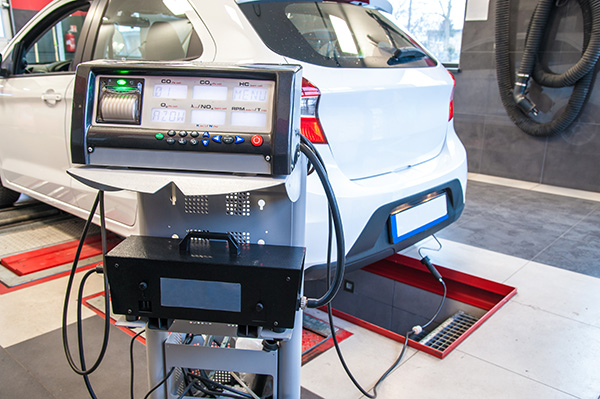
If you're a Connecticut driver, chances are you've received a reminder about your vehicle's emissions test. While it might feel like a routine chore, the emissions test plays a critical role in keeping the air cleaner and your vehicle running efficiently. Understanding what this test includes, why it matters, and how often it’s required can help you avoid surprises and stay on the right side of state regulations.
Why Does Connecticut Require Emissions Testing
Air quality is a major concern for densely populated areas. Connecticut’s Emissions Program was established to help reduce harmful pollutants released into the atmosphere. Cars and trucks are among the largest contributors to ground-level ozone, a major component of smog. Emissions testing ensures that vehicles on the road meet state and federal pollution standards, which contributes to healthier air for everyone.
Connecticut is one of several states that actively monitors vehicle emissions as part of its environmental strategy. The program is designed not only to protect the environment but also to ensure that vehicle owners keep their engines and emissions systems in good condition.
Who Needs an Emissions Test and When
Most passenger vehicles between 4 and 25 years old that are registered in Connecticut are required to undergo emissions testing every two years. If your vehicle falls within that range, you’ll receive a notification from the DMV letting you know when your test is due.
There are a few exceptions. New vehicles are exempt for the first four years, and some older vehicles are permanently exempt due to their age. Electric vehicles, motorcycles, and certain types of commercial vehicles may also be exempt or follow a different schedule.
Failing to comply with emissions testing requirements can lead to fines and registration holds, so it's important to keep track of your deadlines.
What Happens During the Emissions Test
The process is simple and usually takes around 15 minutes. The specific checks performed by the technicians depend on the age and type of your vehicle. For newer models, the technician will connect to the vehicle's onboard diagnostic system (OBD-II) to scan for any emissions-related trouble codes. This system monitors the engine's performance, fuel systems, and emission control devices.
For older vehicles without OBD-II, the test may include a tailpipe emissions check, where an analyzer measures the gases coming from the exhaust. Vehicles may also undergo a gas cap pressure test to ensure the fuel system is properly sealed.
If your car passes, you’re good for another two years. If it fails, you’ll be given a report explaining what went wrong, and you’ll have 60 days to fix the issue and retest.
What Causes a Vehicle to Fail the Emissions Test
Many failures are due to simple and common problems. A loose or missing gas cap, for example, can cause a failure by allowing fuel vapors to escape. Faulty oxygen sensors or catalytic converters are also common culprits. These parts help manage your engine's emissions and fuel mixture, and they tend to wear out over time.
Sometimes, having the check engine light on will automatically result in a failure, even if the car appears to run fine. If your check engine light is on before your emissions test, it’s best to have your car checked by a professional before heading to the testing station.
How to Prepare for the Test
To improve your chances of passing, make sure your vehicle is properly maintained. Regular oil changes, timely replacement of spark plugs, air filters, and fuel filters, and monitoring warning lights can all help keep your emissions in check.
If you've recently had a battery replacement or reset your car’s computer system, it’s wise to drive at least 100 miles before your test. This gives the onboard systems enough time to recalibrate and provide accurate data during the test.
What If My Car Fails the Emissions Test
A failed test isn’t the end of the road. You’ll receive a report with diagnostic codes and recommended repairs. After addressing the issues, you’ll return for a free retest, provided it’s within the 60-day grace period.
Connecticut also offers a waiver program for vehicles that fail emissions but meet certain repair cost limits. In such cases, you’ll need to show that you've made a genuine effort to fix the issue and provide receipts for the work completed.
Get Emissions-Test Ready at Portland Automotive in Portland, CT
If you’re due for an emissions test or suspect your vehicle might not pass, Portland Automotive in Portland, CT, is here to help. Our experienced technicians can perform a pre-inspection, resolve check engine light issues, and make sure your vehicle is in top shape before you head to the official testing station.
Stay compliant, protect the environment, and keep your car running clean—schedule your emissions check and service at Portland Automotive today.